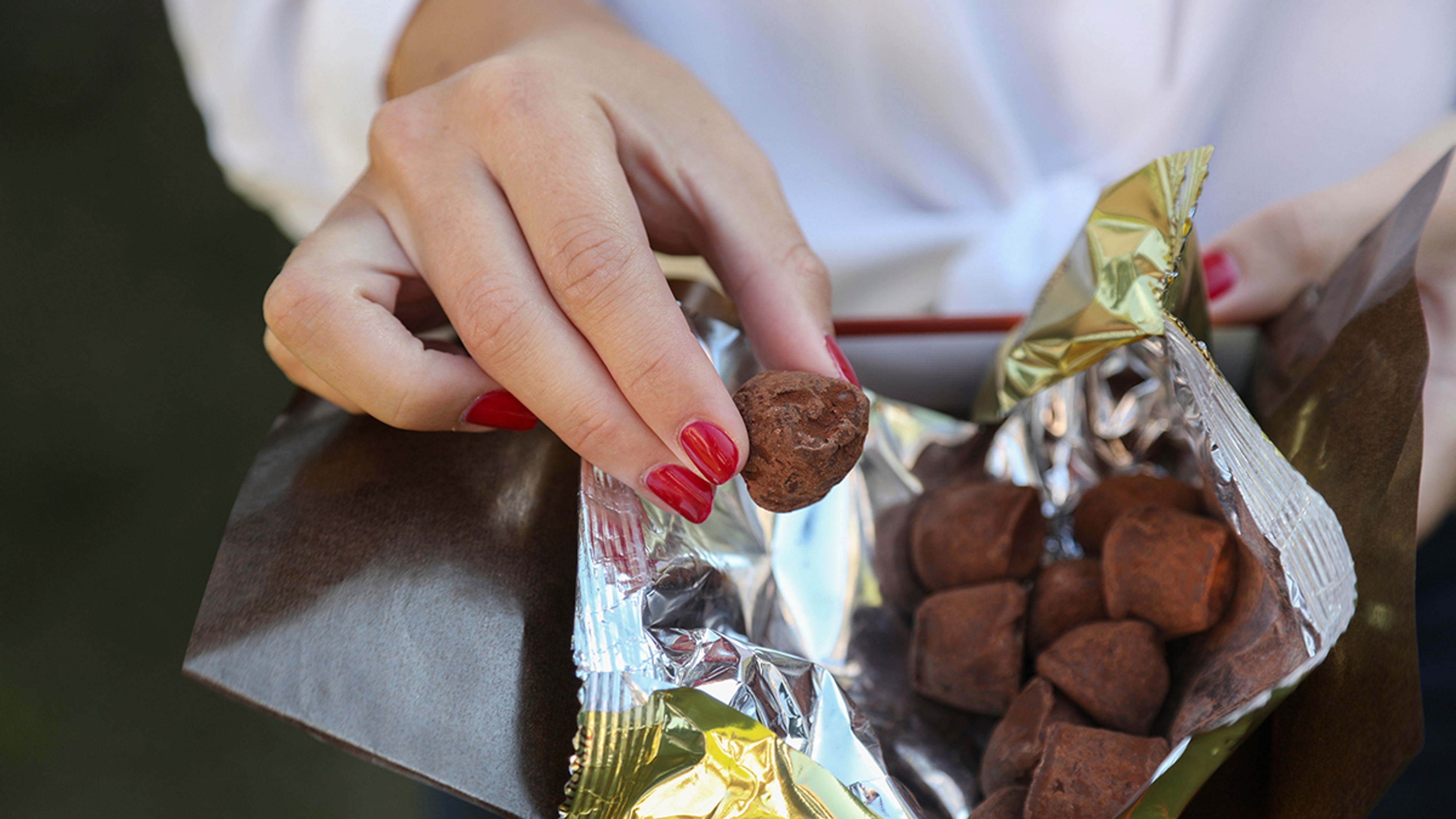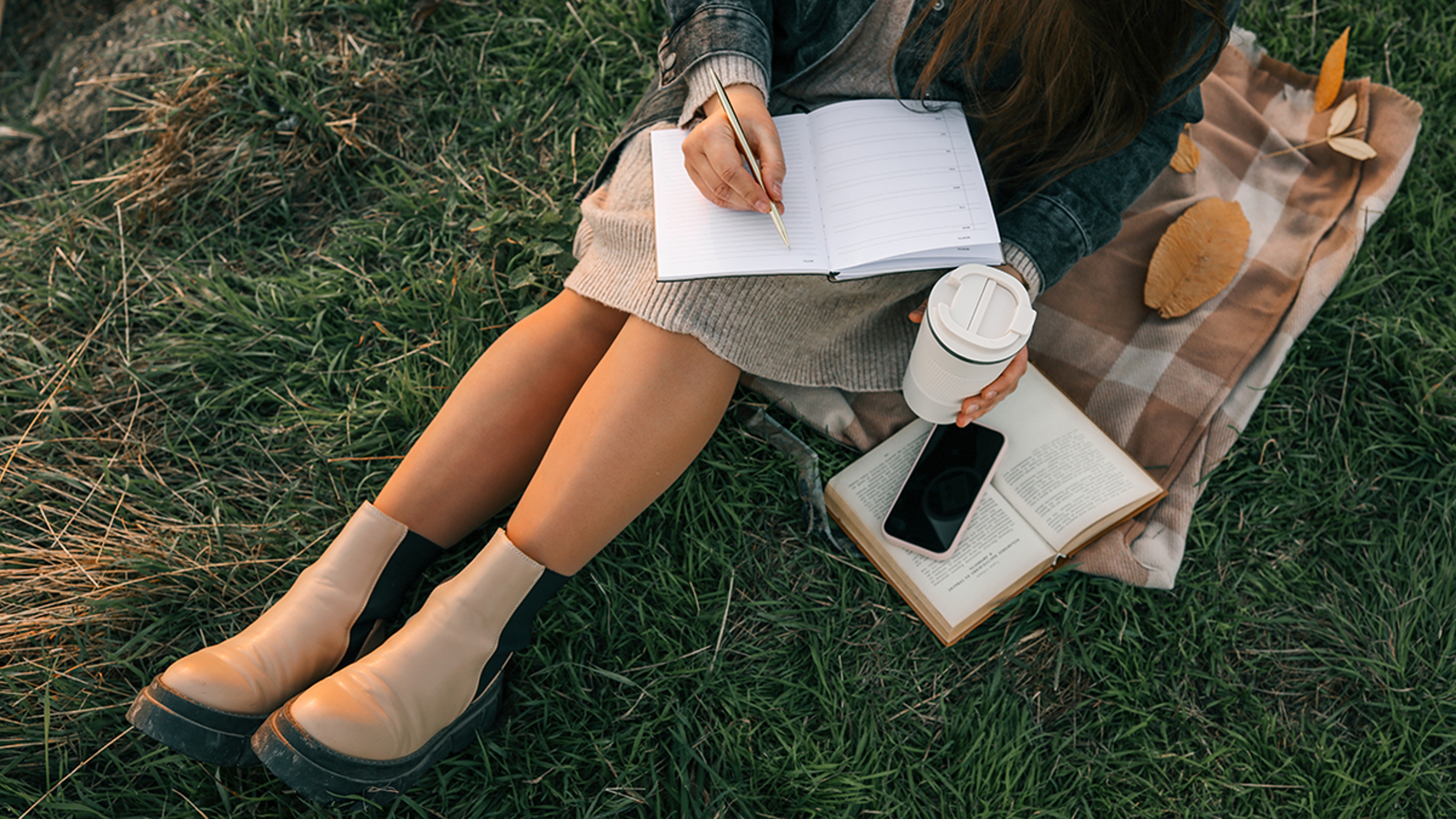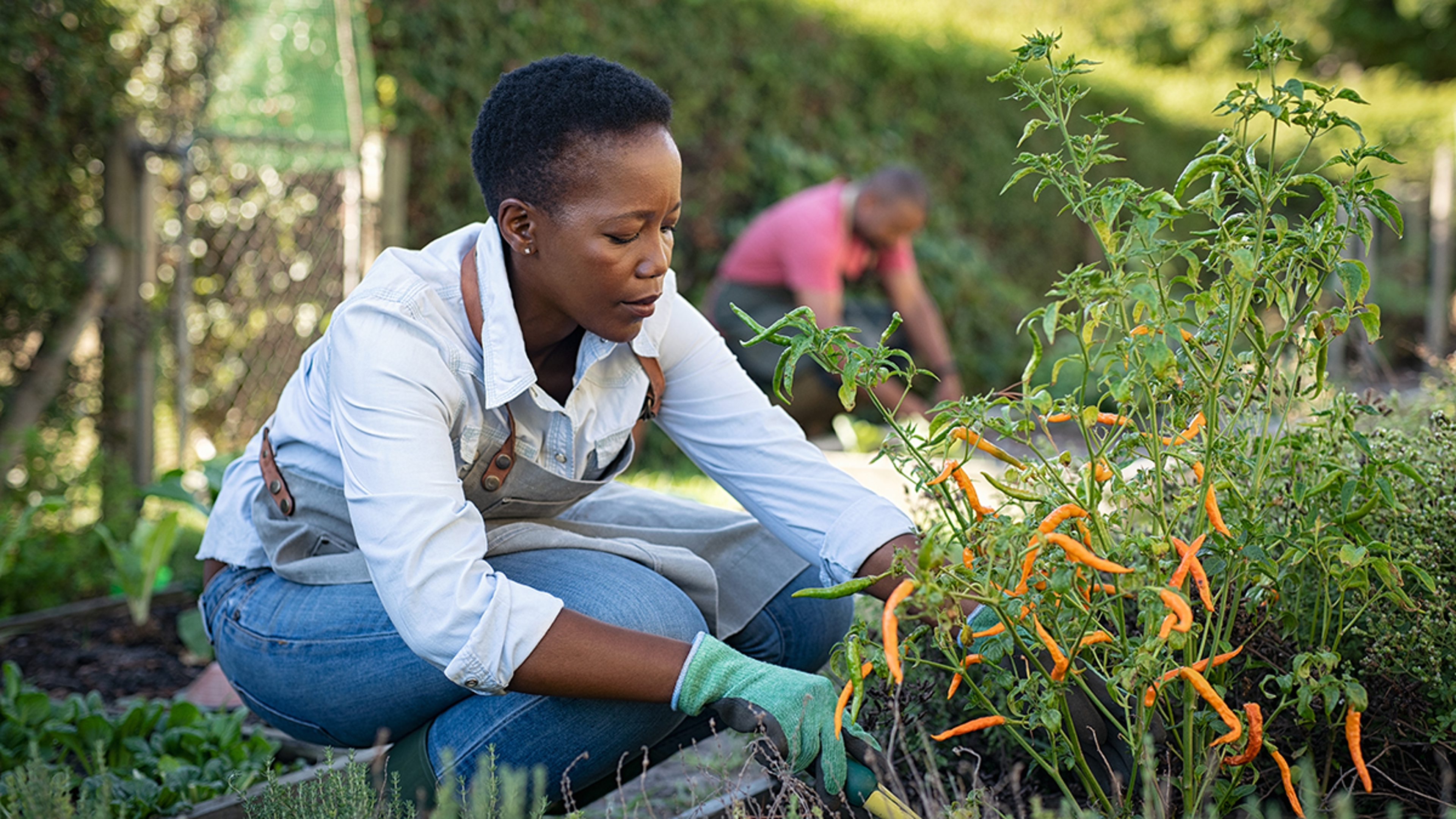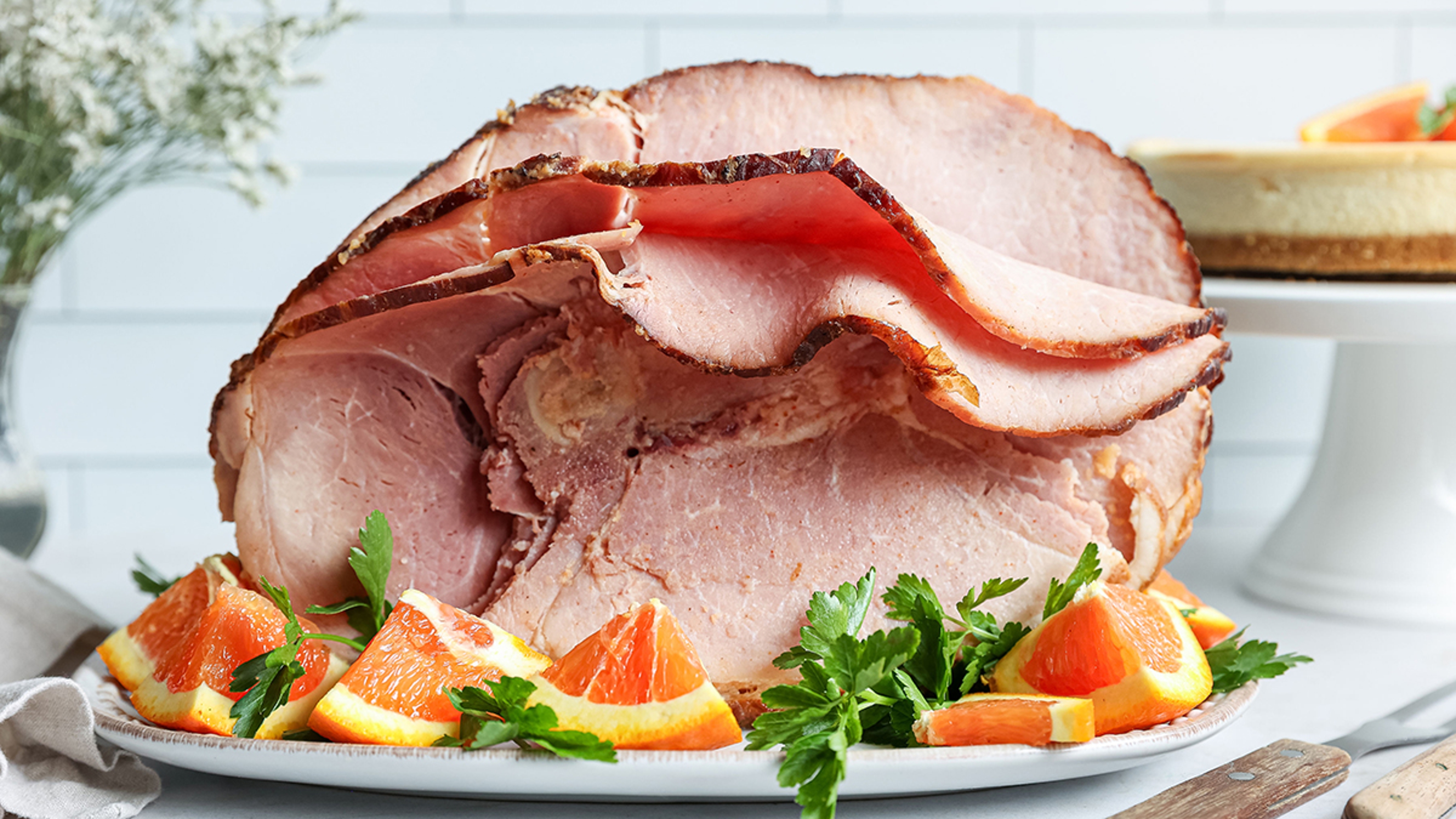How Personal Rituals Can Soften the Edges of Grief
Find solace in any way you need to handle a loss.
Jun 03, 2025
Every Wednesday afternoon, I slip into a cool cinema to catch a movie. By summer, I make sure my garden has a border of impatiens, and more often than I need to, I pick up a box of raspberry-filled chocolates.
I never thought too much about these habits, only that they brought a kind of comfort. But during a recent conversation with two grief experts, I realized they were something more.
Grief rituals, they explained, are simple, meaningful actions that help us navigate loss. Sometimes we create them with intention. Other times, they quietly weave themselves into our days. Either way, as I would come to learn, they’re more common than we think — and more powerful than they appear.

What are personalized grief rituals?
When we talk about grieving, collective or cultural rituals often come to mind first. Funerals, wakes, or sitting shiva, for example. These shared moments offer a communal way to acknowledge loss and are often interwoven with symbolism and collective memory, according to thanatologist and certified grief educator Elreacy Dock. But they’re not the only way we mourn.
“Personal rituals are highly individualized and tend to be representative of the relationship between the bereaved and whom or what they’ve lost,” Dock explains. These rituals can take any shape, such as cooking a loved one’s favorite meal, visiting their favorite museum, or walking their favorite trail. What matters most is that they carry emotional meaning for the person grieving.
As Dock explained this, I had my own lightbulb moment about grief: I had been engaging in grief rituals all along.
Those Wednesday movie trips? My mother used to have Wednesdays off work, and every school break, she’d take my brother and me to whatever was playing. Impatiens were her favorite flower, planting them every summer. The raspberry chocolates? My dad’s sweet tooth.
After they both passed, I took part in the usual collective rituals. The calling hours, the funerals, the many casseroles. But it turns out, these small, personal acts I was creating, repeated quietly over time, would prove just as meaningful.

Why personal rituals matter
Recognizing a personal ritual is one thing. But why do they matter so much, especially when we already have shared, formal ways to grieve?
“Personal rituals are a deeply human response to pain and change,” says Cheryl Groskopf, a holistic therapist who specializes in attachment, anxiety, and trauma. “People create grief rituals all the time without realizing that’s what they’re doing. It’s one of the most human, intuitive things we do when we’re trying to survive something we can’t make sense of.”
In her work, Groskopf sees rituals in the way grievers wear the same sweatshirt for weeks, listen to the same song before bed, replay voicemails, or carry around a specific object. Not because they need the item, but because it comforts them.
From a thanatological perspective, Dock adds that rituals serve as psychosocial anchors: “They provide emotional safety, stability, and grounding when we grieve. Emotions can be overwhelming, and rituals provide a way to express and honor that in a tangible manner.”
Dock also points to Worden’s Four Tasks of Mourning, a grief framework that outlines how people move through loss. The final two tasks — adjusting to a world without the person, and finding an ongoing connection while continuing life — are often supported by these personal rituals.
“Rituals help us bridge the past with what we are experiencing in the present,” Dock explains. They also help us face what’s ahead. A way to keep that special person in our lives, while also offering a thread of control in the way we choose how we engage with our grief, especially at a time when everything feels uncertain.
Types of comforting grief rituals
These rituals may sound simple, but they can take many meaningful forms. Here are a few common types that offer comfort and continuity:
Food as a ritual
Food is one of the most accessible, sensory ways we connect to memory. Preparing a loved one’s favorite meal, baking a shared recipe, or setting a place at the table in their honor can become meaningful, repeatable acts of remembrance.
As Groskopf notes, “Sensory rituals — things you can smell, touch, see, hear — help pull you back in. They get you out of the overthinking mind and back into your actual body, where regulation happens.”
Nature and movement
For others, comfort comes not from stillness, but from motion.
“Grief doesn’t just sit in your brain — it lives in your body,” Groskopf says, with symptoms often presenting as chest tightness, shallow breathing, or that heavy-hollow feeling in your gut. Even more so if the death was sudden or traumatic, or the grieving process was complicated. She explains that rituals rooted in movement can help gently reintroduce rhythm into our days.
“Walk. Stretch. Rock. Lay on the ground and breathe. You’re not solving grief through your body — but you’re making it possible to feel and process it without getting overwhelmed or shutting down.” Walking a familiar trail, tending to a garden, or planting something in a loved one’s memory all reconnect us to a sense of life and continuity.
These small rituals don’t need to feel profound. They just need to be repeated. Over time, they help the body trust that it’s safe to grieve.

Creative expression
And sometimes, what we need most is a way to externalize what we’re feeling.
Some rituals give grief a place to go. Journaling. Drawing. Lighting a candle every evening. Crafting a memory box. These quiet acts allow us to process the intangible, to turn feeling into form.
Dock shares that creative and sensory rituals are especially useful in navigating personal grief. "When we engage in intentional actions on a consistent basis, it can activate the prefrontal cortex in the brain and aid in emotional regulation, which contributes to comfort or healing.”
Seasonal or annual remembrances
Grief also tends to gather around the calendar, especially on holidays, birthdays, and anniversaries. All of these dates can carry a sharp edge.
But for many, they also become invitations to remember. If daily or weekly rituals feel like too much, a yearly ritual can feel more approachable or manageable.
Whether it’s baking a cake each year, donating in someone’s honor, or gathering loved ones to share stories, annual rituals transform painful milestones into moments of reflection, connection, and care.
Choosing rituals that feel right for you
Whether it’s food, movement, or memory, these rituals work best when they’re personal. So how do you find the ones that resonate with you?
If you’re grieving, know this: there’s no checklist for what your ritual should be. As Joan Didion wrote in The Year of Magical Thinking, “Grief turns out to be a place none of us know until we reach it.”
You don’t have to light a candle, write in a journal, or follow any specific script. The only criteria is that it feels meaningful to you. You may also start by just noticing what you already do.
Groskopf often works with clients who describe feeling numb after loss. She notes that this is often a nervous system in freeze response. When she finds that a person may benefit from a grieving ritual, she recommends that they start small. “We build ritual by adding intention to what’s already happening,” she explains. “You’re not trying to ‘make it meaningful,’ you’re just creating consistency.”
That might mean holding your coffee a certain way each morning. Staring out the same window. Sitting in the same spot at the end of each day. These small gestures may not feel like much at first, but over time, the rhythm creates space for sensation, and sensation brings space for feeling.

Thoughtful ways to support others through ritual
Not everyone who’s grieving can name what they need, but you can offer gentle support by giving gifts that open the door to ritual or simply making space for those conversations.
Dock suggests small, low-effort gifts that are symbolic but not overwhelming: a blank journal so they can choose to write when they want or a weighted blanket for comfort and self-care on days when the grief feels extra overwhelming. Seeds for a memorial garden are another thoughtful idea. These simple gestures can help grieving individuals begin or continue meaningful grieving rituals in their own way.
She also says it’s best to avoid giving anything that’s mentally taxing, something they need to take care of, or something they feel obligated to have to use. Sometimes, just asking “How would you like to honor your person?” can be the most powerful invitation of all to a grieving friend.
Softening the edges
Whether we create rituals for ourselves or support others in doing so, the goal is the same: to find gentler ways to live with loss.
Grief doesn’t go away, it becomes part of us. But with ritual, we can create space around it. We can carry it more gently. We can soften the edges.
“Ritual gives you a consistent way to stay connected to what or whom you lost,” Groskopf says. “Because you’re actively making space for it, instead of avoiding it, you don’t have to live in grief all day. That’s when joy can start to show up again.”
So buy the movie ticket. Plant the garden. Pick up the chocolates. Or do whatever it is that helps you feel close, even in the quietest of ways. You don’t have to name it for it to matter. Whatever your ritual looks like, it’s yours, and it’s enough.
.svg?q=70&width=384&auto=webp)






